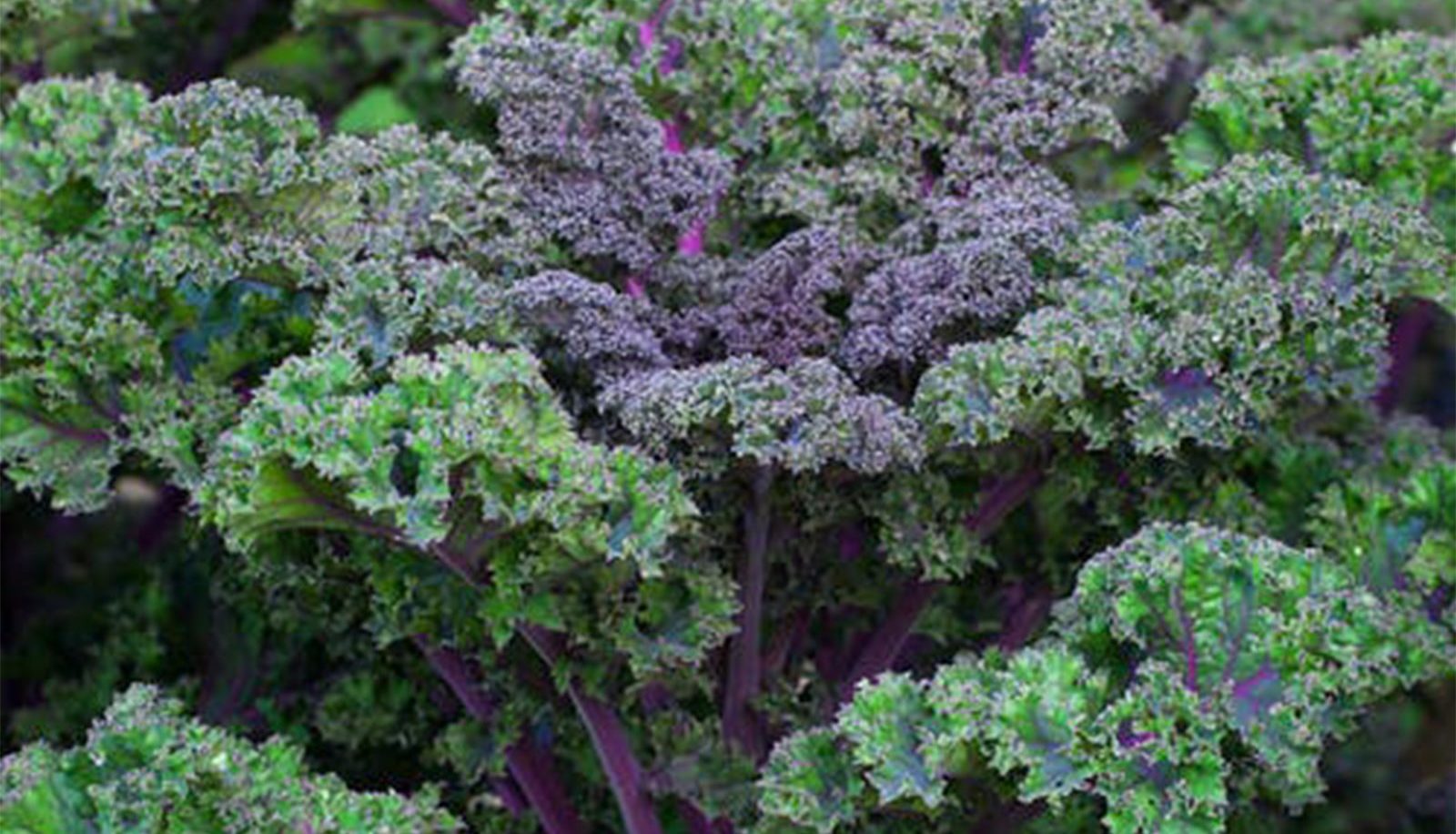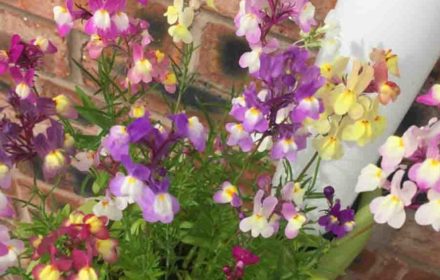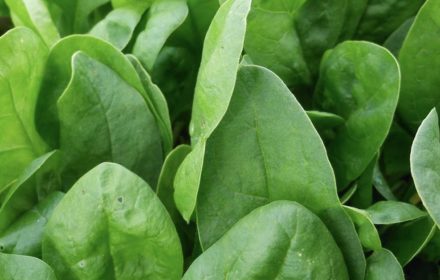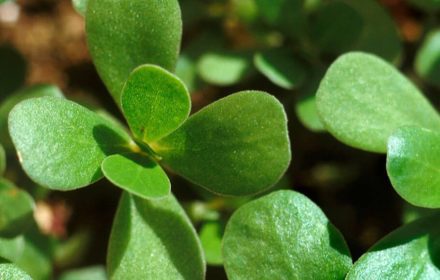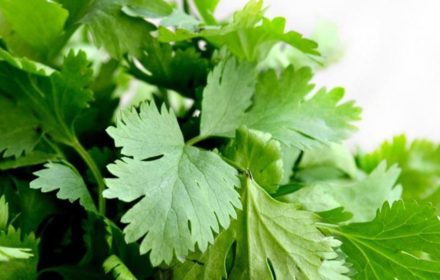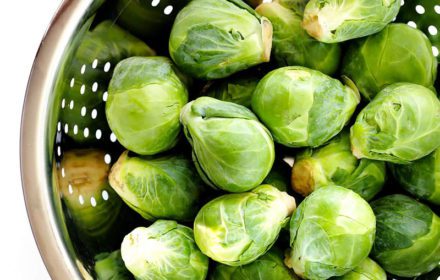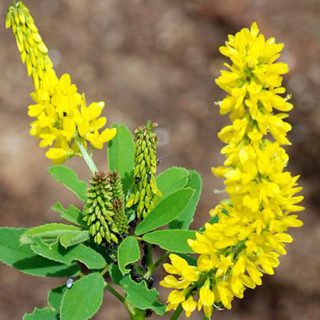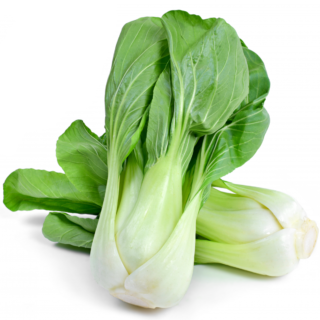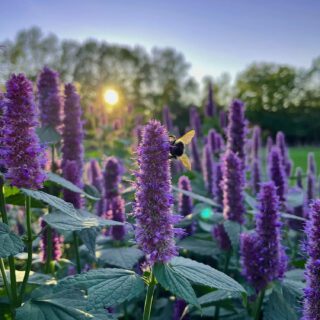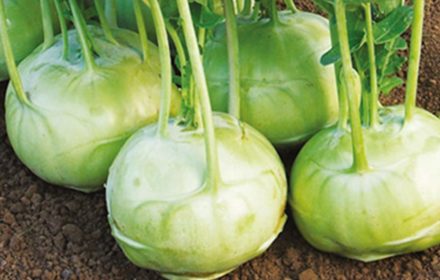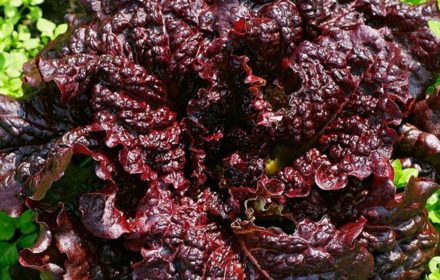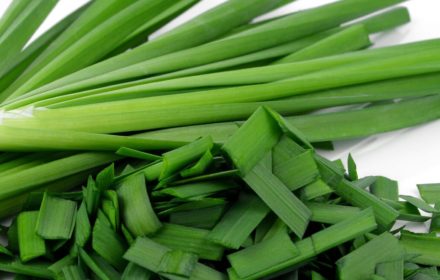How to Sow Scarlet Purple Kale Seeds in the UK
Scarlet purple kale is a vibrant and nutritious vegetable, known for its tall, fleshy stems and deeply curled, purple leaves. The striking colour of the leaves deepens in cooler weather, making it an attractive and hardy addition to any winter garden. Reaching over 120 cm in height, scarlet purple kale is not only frost-tolerant but can provide a continuous supply of leaves throughout the winter months. Whether you’re growing kale for use in British or international cuisine, this hardy plant is a perfect winter crop for UK gardeners. Follow this step-by-step guide to sow and grow scarlet purple kale successfully.
When to Sow Scarlet Purple Kale Seeds
- Indoor Sowing: For an early start, begin sowing scarlet purple kale seeds indoors between late March and early June. This gives you the advantage of a longer growing season and allows you to control the temperature for optimal germination.
- Outdoor Sowing: Kale seeds can also be sown directly outdoors from April to June, once the soil has warmed. Scarlet purple kale is a late-season crop, and its hardiness makes it suitable for cooler UK climates.
Step-by-Step Guide to Sowing Scarlet Purple Kale Seeds Indoors
- Prepare Your Containers: Use seed trays or small pots filled with high-quality compost. Kale is a heavy feeder, so using nutrient-rich compost will support healthy seedling growth.
- Sowing the Seeds: Sow seeds about 1/2 inch (1.25 cm) deep into the compost. Cover lightly with soil and water gently to ensure the compost is moist but not waterlogged.
- Germination Conditions: Maintain a temperature between 15-23°C (59-73°F) for optimal germination. Place the seed trays on a sunny windowsill, in a conservatory, or behind glass. Kale seeds typically germinate within 3 to 10 days.
- Transplanting: Once the seedlings are about 3 inches tall and have developed their first true leaves, they are ready to be transplanted outdoors. Gradually harden them off by placing them outside during the day for a week before planting.
Outdoor Sowing Guide for Scarlet Purple Kale Seeds
- Soil Preparation: Kale thrives in well-drained, fertile soil with a neutral pH between 6.0 and 7.0. For best results, enrich the soil with well-rotted manure or compost a few weeks before planting. Testing your soil’s pH is recommended to ensure optimal growing conditions.
- Sowing the Seeds: Sow seeds directly into the ground in rows spaced about 45 cm (18 inches) apart. Plant seeds 1/2 inch deep, ensuring they are covered with soil.
- Germination and Early Growth: Keep the soil consistently moist during the germination period, which takes 3 to 10 days. As the seedlings grow, thin them out to around 30 cm (12 inches) apart to allow enough space for the mature plants to develop.
Caring for Scarlet Purple Kale Plants
- Frost Tolerance: Scarlet purple kale is highly frost-tolerant, making it an ideal winter vegetable for UK gardens. In fact, cooler temperatures will enhance the purple colour of the leaves.
- Watering: Water regularly, especially during dry spells. However, avoid waterlogging the soil, as this can hinder root development. Kale plants prefer consistently moist but well-drained soil.
- Feeding: Kale is a nutrient-hungry plant, so applying a balanced fertilizer or organic compost during the growing season can help support healthy growth. Mulching around the base of the plants will also help retain soil moisture and suppress weeds.
- Harvesting: Begin harvesting the outer leaves once the plants reach around 20-30 cm (8-12 inches) in height. Selective harvesting allows the plant to continue growing and producing leaves. Kale can be harvested throughout the winter, as it thrives in cooler temperatures.
Common Questions About Growing Scarlet Purple Kale in the UK
- When is the best time to plant scarlet purple kale seeds? For the best results, start seeds indoors from late March to June or sow directly outdoors from April to June, depending on the weather.
- Can scarlet purple kale survive winter? Yes, scarlet purple kale is highly frost-tolerant and can survive harsh winter conditions. In fact, its leaves often deepen in colour when exposed to frost.
- How do I improve the flavour of my kale? Kale tends to develop a sweeter flavour after exposure to frost. Additionally, consistently watering and providing good soil nutrients will improve both the flavour and texture of the leaves.
By following these detailed steps, you can enjoy a bountiful harvest of scarlet purple kale throughout the winter months. This hardy and nutritious vegetable is perfect for UK gardens, allotments, or even greenhouse growing.

